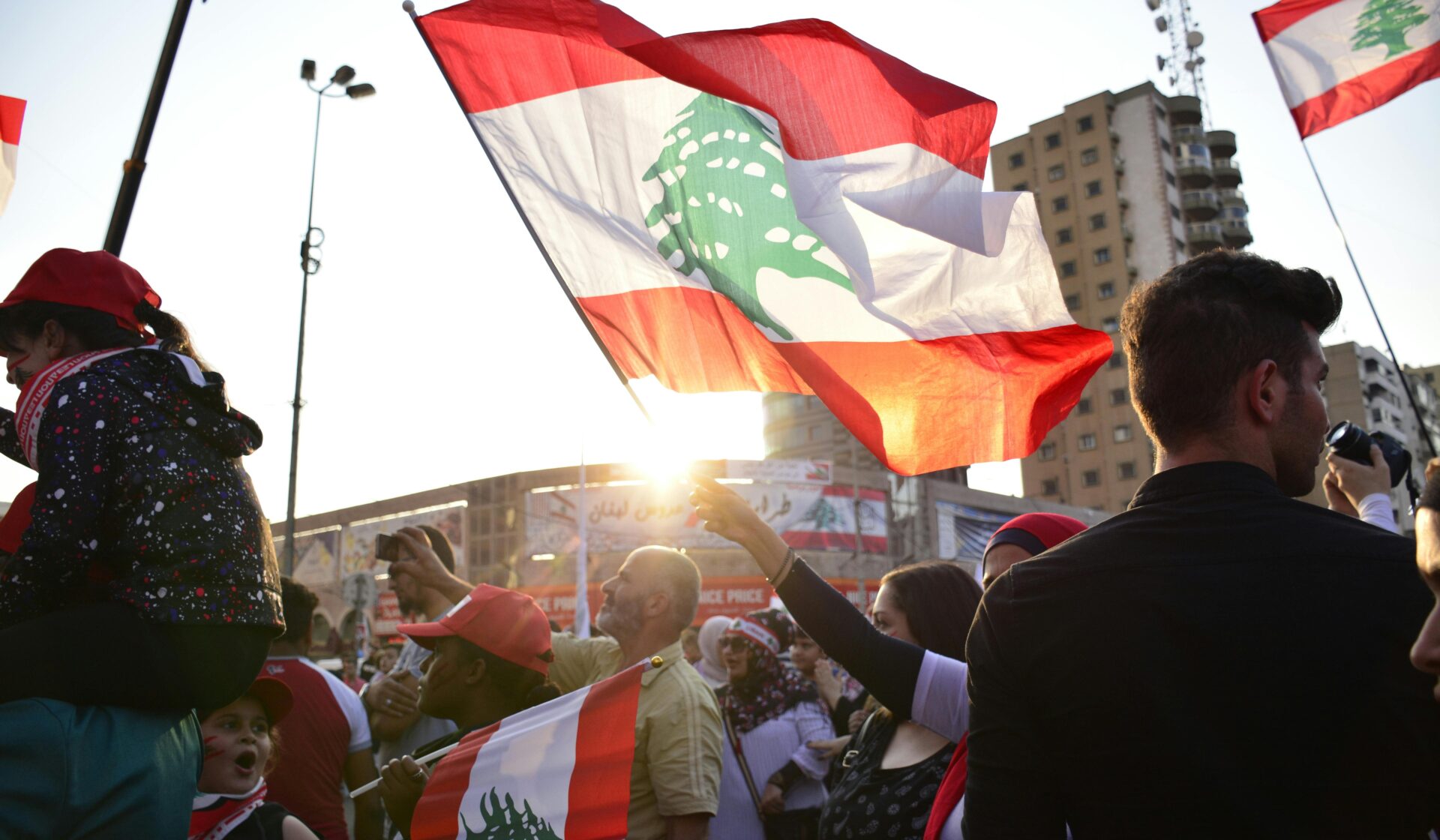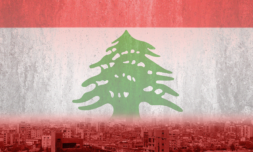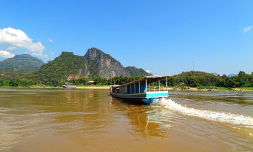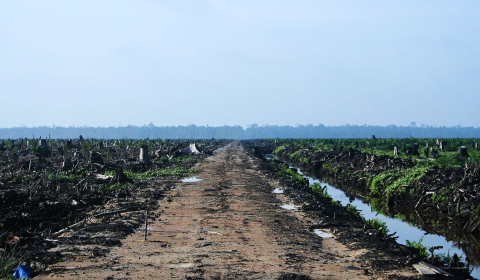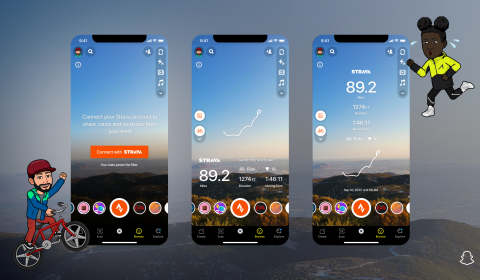In the shadow of ongoing conflict, the women of Lebanon stand as pillars of strength, navigating a landscape of destruction, displacement, and persistent systemic challenges that threaten to erase their voices and identities.
The current crisis in Lebanon is more than just a humanitarian emergency – it is a profound human rights catastrophe that exposes the intersectionality of gender, violence, and geopolitical conflict.
Since the escalation of military operations, over 1.2 million people have been forcibly displaced, with women and girls bearing the most devastating consequences of this upheaval.
Women in this context are not passive victims, but active survivors navigating an impossibly complex series of challenges.
Of the 1.2 million people who have been displaced, approximately 520,000 are women and girls who, on a daily basis and amid constant uncertainty, must rebuild from the ground up.
The displacement is not only physical, but psychologically traumatising as it strips away dignity, security, and basic human rights. Humanitarian aid in Lebanon is critically overwhelmed.
Refugee camps and temporary shelters become pressure cookers of vulnerability, where domestic violence surges, sexual exploitation becomes a persistent threat, and basic healthcare becomes a luxury few can afford.
Pregnant women, some 2,300, must contend with particularly dire circumstances due to the fact there is little-to-no prenatal care.
The systemic marginalisation of women is also seeing migrants – namely those from African countries – at the base of an already precarious social hierarchy.
They often find employment in exploitative environments, their bodies and labour commodified in a system that renders them invisible. The intersectionality of their struggles cannot be overstated.
Each woman’s experience is shaped by a web of her nationality, socioeconomic status, and gender.









